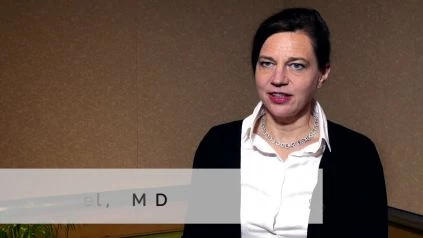Background: MM patients (pts) with high cytogenetic risk have poor outcomes. In CASTOR, D-Vd prolonged progression-free survival (PFS) vs bortezomib and dexamethasone (Vd) alone, and exhibited tolerability in RRMM pts. We conducted a subgroup analysis of D-Vd vs Vd in CASTOR, based on cytogenetic risk. Methods: Pts received ?1 prior line of therapy. Cytogenetic risk was based on a combined analysis of next-generation sequencing (NGS) and fluorescence in situ hybridization/karyotype testing. High-risk pts had t(4;14), t(14;16), or del17p abnormalities. Standard (std)-risk pts were confirmed negative for all 3 abnormalities. Minimal residual disease (MRD; 105) was assessed via NGS using clonoSEQ assay V2.0. Results: In CASTOR (D-Vd, n = 251; Vd, n = 247), high-risk was confirmed in 26.7% and 25.9% of pts in the D-Vd and Vd groups, respectively. At a median follow up of 40.0 months (mo), D-Vd prolonged PFS vs Vd in pts with high- (median 13.4 vs 7.2 mo; HR, 0.40 [95% CI, 0.24-0.65]; P = 0.0002) or std-risk (median 18.4 vs 6.8 mo; HR, 0.28 [95% CI, 0.20-0.37]; P< 0.0001). Higher rates of ORR, MRD negativity, and sustained MRD negativity were seen with D-Vd vs Vd (Table). D-Vd prolonged PFS in first relapse pts (high risk: median 20.1 vs 8.4 mo; HR, 0.30 [95% CI, 0.14-0.64]; P = 0.0012; std risk: median 32.6 vs 7.9 mo; HR, 0.18 [95% CI, 0.11-0.29]; P< 0.0001) and PFS2 vs Vd (high risk: median 27.9 vs 18.6 mo; HR, 0.59 [95% CI, 0.37-0.94]; P = 0.0258; std risk: median 40.1 vs 21.6 mo; HR, 0.43 [95% CI, 0.32-0.59]; P< 0.0001) regardless of risk. Additional data will be presented. Conclusions: Adding daratumumab to Vd demonstrates significant efficacy in high-risk RRMM. Among high-risk pts, MRD negativity was only achieved with D-Vd. These findings support use of D-Vd for high-risk RRMM.
Efficacy and safety of daratumumab, bortezomib, and dexamethasone (D-Vd) in relapsed or refractory multiple myeloma (RRMM) based on cytogenetic risk: Updated subgroup analysis of CASTOR.

